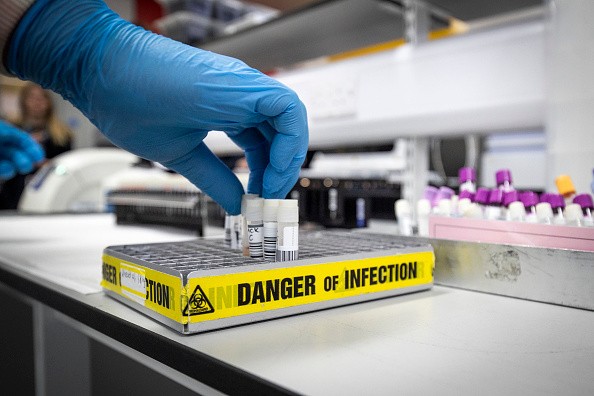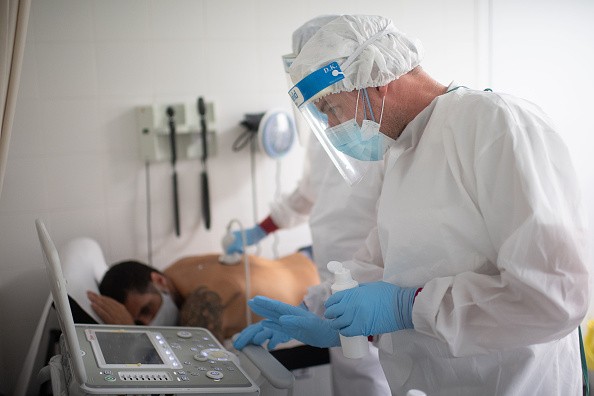
According to SciTech Daily's latest report, the MIT (Massachusetts Institute of Technology) Department of Mechanical Engineering's researchers was able to develop computer simulations and modeled the virus's mechanical response to vibrations across a range of ultrasound frequencies.
To give you more idea, here's what the medical experts discovered.
How effective is ultrasound against COVID-19?
Technology Networks stated the vibrations between 25 and 100 megahertz triggered the spikes and shell of coronavirus. These vibrations caused them to collapse and start to rupture in less than a second.
MIT researchers also explained that this effect was seen on the viruses that are in the air and water. However, the study's results are still in preliminary progress and based on limited data. This means that the collapsing spikes and shell of COVID-19 still don't have strong proof.

Read also: Pfizer vs Moderna: Comparing Two COVID-19 Vaccines from Side Effects to Storage Requirements
Although this is the case, medical experts claimed that their finding is a first hint that an ultrasound-based COVID-19 treatment could be possible in the future. If this is true, this innovation could help fight the pandemic alongside vaccines.
"We've proven that under ultrasound excitation the coronavirus shell and spikes will vibrate, and the amplitude of that vibration will be very large, producing strains that could break certain parts of the virus, doing visible damage to the outer shell and possibly invisible damage to the RNA inside," said MIT professor Tomasz Wierzbicki, via SciTech Daily.
How MIT researchers came up with the idea
MIT researchers explained they set out to simulate COVID-19's mechanical response to ultrasound vibrations by using simple concepts of physics and mechanics of solids to construct a computation and geometrical model of the virus's structure. They also used previous studies to map out the general structure of COVID-19.
Right now, there is no confirmation yet if the new ultrasound treatment would be a possibility.
For more news updates about coronavirus innovations, always keep your tabs open here at TechTimes.
Read also: COVID-19: Europe's AstraZeneca Coronavirus Vaccine Suspension Could Have Far-Reaching Consequences
This article is owned by TechTimes
Written by: Giuliano de Leon




